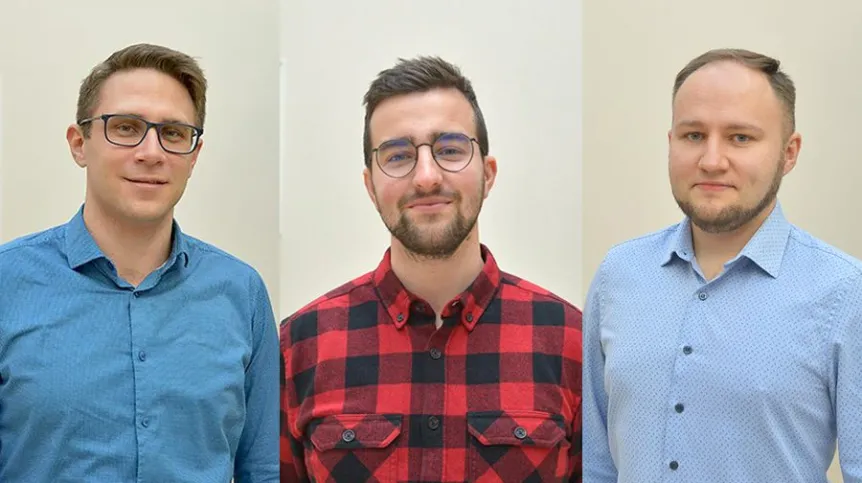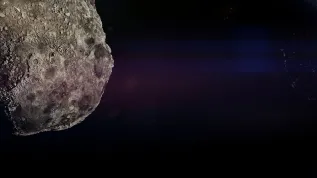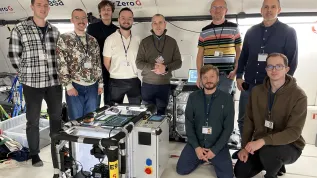
Moonlight is the new navigation system being developed by the European Space Agency (ESA). It will enable precise positioning on the surface of the Moon and in its vicinity. Scientists from the Wrocław University of Environmental and Life Sciences participate in the project.
According to the Wrocław University of Environmental and Life Sciences press release, the plans include deploying four lunar orbiters (satellites), receivers in landers, rovers and satellites, as well as a ground network - reference stations, telescopes and laser stations.
'This entire mission is to be launched in 2031. Before that happens, algorithms must be developed that will enable precise determination of the position of the satellites and the user. This is where Polish scientists come into play', we read in the release.
The members of the Wrocław University of Environmental and Life Sciences team are Grzegorz Bury, Radosław Zajdel, PhD, and Professor Krzysztof Sośnica; the latter was responsible, among other things, for testing models describing the movement of satellites around the Moon.
'The greatest challenge in developing and testing the models was taking into account the real, dynamic conditions in which satellites move with the parameters set by ESA', explain the Wrocław scientists quoted in the release.
The designed orbit around the Moon is highly elliptical, which means that satellites move much faster when they are closest to the surface (i.e. at periapsis), and slower when they are farthest from it (at apoapsis). The problem is that at periapsis ,tthe satellite's movement becomes most unpredictable - it is affected by local gravitational disturbances (such as mascons - mass concentrations with a density higher than average, located relatively shallow under the surface of the celestial object), non-gravitational forces, as well as variable flight speed.
'The parameters proposed by ESA determined the shape of the orbit as a strongly flattened ellipse, meaning that in the periapsis region the satellite's speed is significantly higher. Moreover, the shape of the orbit is not a perfect ellipse, it is strongly deformed by forces disturbing the curve. These forces change more dynamically as the satellite moves faster. This means that during the flyby of the periapsis it is very difficult to correctly model deviations from its motion. The changes are dynamic, less predictable', we read in the release.
The researchers explain that in this situation, even if contact with the satellite is not lost, determining its position will be much more difficult that elsewhere. Therefore, the orbit was designed so that the satellite would spend the shortest possible time above the problematic region near the surface, and would spend most of its time at the apoapsis, where conditions are more stable.
However, ESA set the bar higher - it wanted maximum positioning accuracy throughout the entire orbit, even in the most difficult conditions. Because only then will the system be capable of providing precise navigation data to all users, regardless of their location or mission stage.
One of the biggest obstacles in extraterrestrial missions is cosmic radiation. Earth's satellites are partially protected from solar wind and cosmic radiation by our planet's magnetic field. In the case of lunar orbiters, this protection is much weaker, which is why electronics, processors, and especially atomic clocks are very vulnerable to cosmic radiation, solar flares and magnetic storms on the Sun.
'A navigation satellite cannot function without atomic clocks, so there must be several such clocks on board (at least two) to ensure an adequate redundancy. Cosmic radiation was also important. The moon has no magnetic field, so on-board electronics are vulnerable to solar storms and flares', we read in the release. (PAP)
PAP - Science in Poland
ros/ bar/













